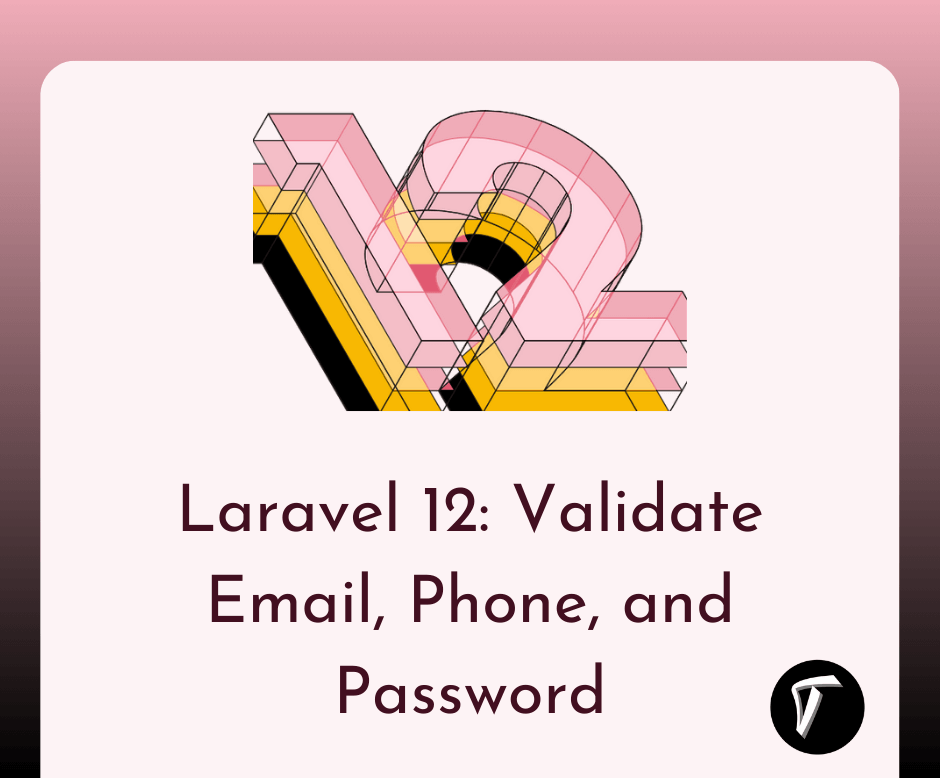How To Create Middleware For XSS Protection In Laravel 8
In this article, we will see how to create middleware for XSS protection in laravel 8. Cross-site scripting is a type of security vulnerability that can be found in some web applications. XSS attacks enable attackers to inject client-side scripts into web pages viewed by other users. XSS attacks occur when an attacker uses a web application to send malicious code, generally in the form of a browser side script, to a different end user.
In laravel 8 we use middleware to prevent XSS attacks on website security. It's very necessary protection from XSS attacks or any other cyber attack on websites. With the XSS filter through, we can remove the HTML tag from our input value and also it's very important to remove the HTML tag for security. Input sanitization is a security protocol for checking, filtering, and cleaning data inputs from app users.
So, let's see laravel 8 XSS protection using middleware.
What are the types of XSS attacks?
There are three main types of XSS attacks. These are:
- Reflected XSS, where the malicious script comes from the current HTTP request.
- Stored XSS, where the malicious script comes from the website's database.
- DOM-based XSS, where the vulnerability exists in client-side code rather than server-side code.
So, let's see create middleware for XSS protection in laravel 8.
In this step, We have to create custom middleware for XSS prevention in laravel. So, copy the below command and run it on the terminal.
php artisan make:middleware XSS
Now, register the middleware in the app/http/kernel.php path.
class Kernel extends HttpKernel
{
protected $routeMiddleware = [
'XSS' => \App\Http\Middleware\XSS::class,
];
}
In this step, we can see a new file in app/Http/Middleware/XSS.php and then just put the below code in our XSS.php file. You can directly use strip_tags() in any input field of saving data in the controller.
app/Http/Middleware/XSS.php
<?php
namespace App\Http\Middleware;
use Closure;
use Illuminate\Http\Request;
class XSS
{
/**
* Handle an incoming request.
*
* @param \Illuminate\Http\Request $request
* @param \Closure $next
* @return mixed
*/
public function handle(Request $request, Closure $next)
{
$input = $request->all();
array_walk_recursive($input, function(&$input) {
$input = strip_tags($input);
});
$request->merge($input);
return $next($request);
}
}
Now, we are using XSS middleware in our routes.php file.
routes/web.php
<?php
use Illuminate\Support\Facades\Route;
use App\Http\Middleware\XSS;
use App\Http\Controllers\UserController;
Route::group(['middleware' => ['XSS']], function () {
Route::get('xss_prevention', [UserController::class,'xssPrevention']);
Route::post('xss_prevention_data_store', [UserController::class,'xssPreventionStore'])->name('xssPreventionStore');
});
You might also like :
- Read Also: Laravel AJAX CRUD Example Tutorial
- Read Also: How To Get Current Date And Time In Node.js
- Read Also: How To Integrate Stripe Payment Gateway In Laravel 8
- Read Also: Laravel 8 User Roles And Permissions Without Package








